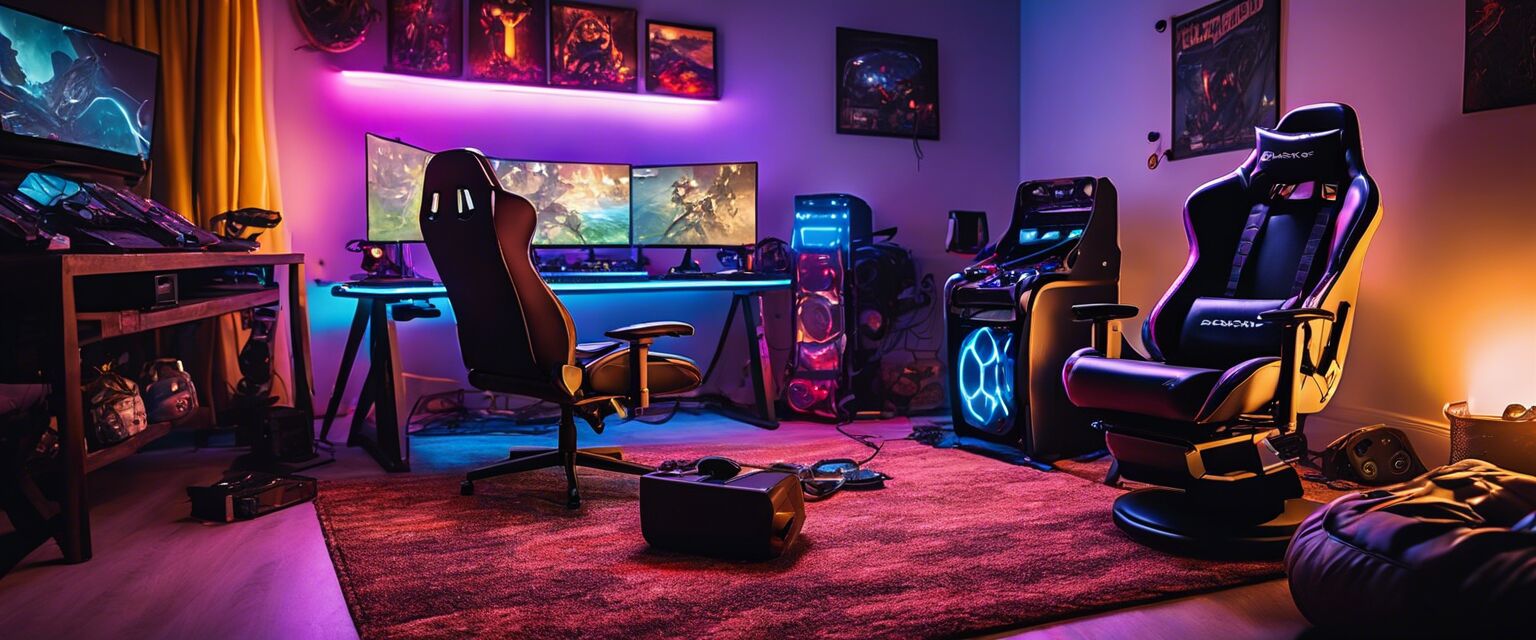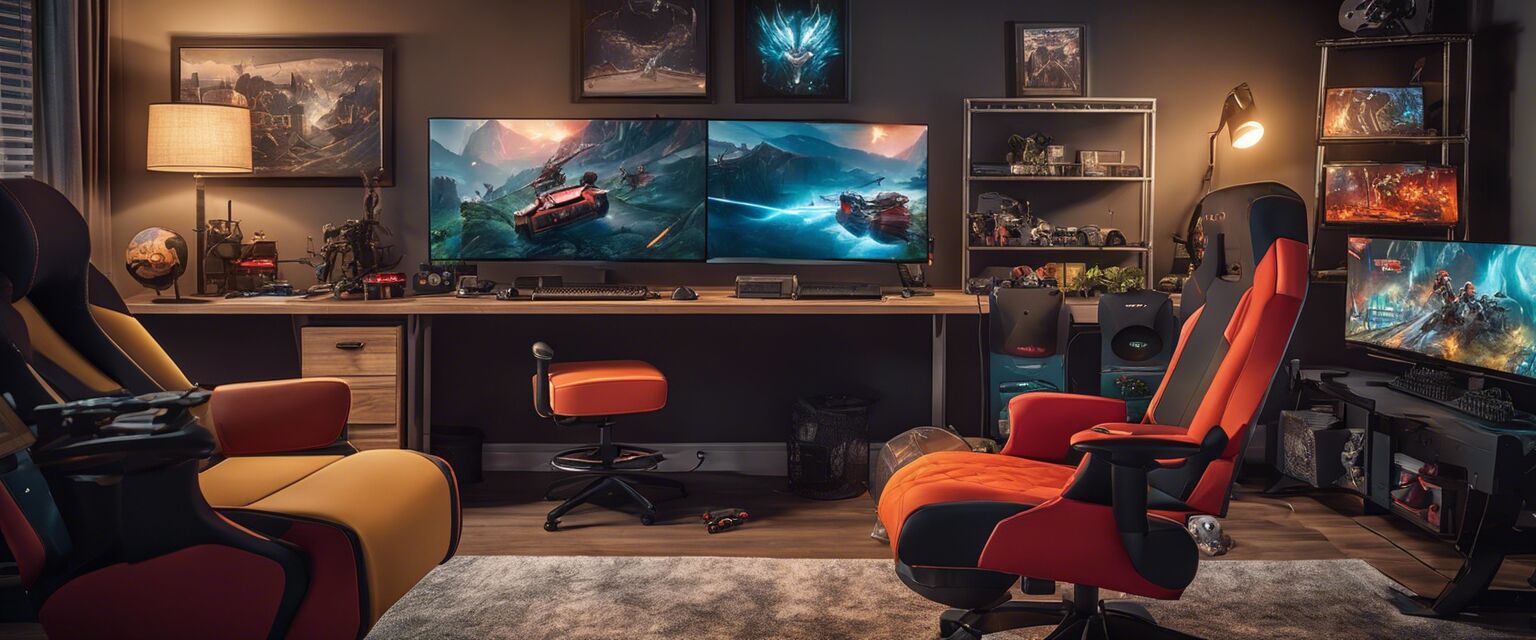
Gaming safety and parental control
Key Takeaways
- Understand the importance of parental controls in gaming.
- Learn how to set age-appropriate limits on gaming content.
- Explore tips for fostering a healthy gaming environment.
- Recognize the benefits of family gaming activities.
In today's digital age, gaming has become an integral part of family entertainment. However, ensuring a safe gaming environment for children is paramount. This article will provide insights into effectively navigating the gaming world, discussing parental controls and highlighting age-appropriate gaming tips. Let's explore how to make gaming a fun and safe experience for the whole family!
Understanding parental controls
Parental controls are critical in managing the gaming experience your child has. They help you set boundaries, monitor behavior, and prevent exposure to inappropriate content. Here’s a brief overview of the key features:
| Feature | Description |
|---|---|
| Content Filters | Allows parents to restrict access to games based on their ratings. |
| Screen Time Limits | Sets daily or weekly gaming time to promote balance. |
| Purchase Controls | Prevents unauthorized purchases in games. |
| Play Time Reports | Provides insights into gaming habits and time spent. |
Setting age-appropriate gaming limits
Choosing the right game for your child involves more than just looking at graphics and gameplay. Always check the game's age rating and content descriptors. Refer to the Family-Friendly Video Games section for games that are suitable for younger audiences.
Age ratings explained
The Entertainment Software Rating Board (ESRB) provides guidelines for game ratings. Here’s a breakdown:
| Rating | Description |
|---|---|
| EC | Early Childhood - Suitable for ages 3 and up. |
| E | Everyone - Suitable for players ages 6 and older. |
| E10+ | Everyone 10 and older - Suitable for ages 10 and up. |
| T | T for Teen - Suitable for ages 13 and older. |
| M | Mature - Suitable for ages 17 and older. |
Tips for monitoring gameplay
It’s essential to stay engaged with your child's gaming. Here are some effective methods:
Tips for monitoring gameplay
- Play together: Join your child in gaming sessions to understand their experiences.
- Discuss game content: Talk about the themes and elements of the games they play.
- Review gameplay regularly: Ask them to show you their favorite games and why they enjoy them.
- Encourage breaks: Promote healthy gaming habits by having them take regular breaks.
Creating a healthy gaming environment
Gaming should be part of a balanced lifestyle. Here's how to promote a healthy gaming environment:
| Practice | Description |
|---|---|
| Set time limits | Define how much gaming is acceptable each day. |
| Encourage physical activity | Incorporate outdoor playtime or exercise into their routine. |
| Family game nights | Organize evenings where the whole family plays together. |

Utilizing available gaming accessories and tools
Gaming accessories can enhance the experience. For more related content, check out our section on Gaming Accessories. Here are some useful tools:
- Headsets - For clear communication in multiplayer games.
- Controllers - Ergonomic designs help minimize strain during long gaming sessions.
- Screen protectors - Safeguard devices from damage.
- Parental control apps - Allow monitoring and control over multiple devices.

Benefits of family gaming
When fostered correctly, gaming can have significant benefits:
- Encourages teamwork and communication.
- Enhances strategic thinking and problem-solving skills.
- Creates bonding opportunities for family members.
- Promotes digital literacy in a fun way.
Dealing with gaming addiction
It’s vital to recognize signs of excessive gaming. If you feel your child is spending too much time gaming, consider these steps:
Pros
- Understanding digital boundaries can help your child create a balanced lifestyle.
- Family discussions about gaming can lead to open communication.
Cons
- Ignoring gaming habits may lead to conflicts.
- Excessive screen time can affect sleep and health.
Conclusion
Gaming can be a fun and safe activity for families when done responsibly. Understanding parental controls, setting age-appropriate boundaries, and actively monitoring your child's gaming will ensure a positive experience. Engage with your child in discussions about games and make the most of family game nights to enhance your bond. With the right tools and knowledge, you can successfully navigate the gaming landscape together!
Further resources
For more insights on creating a fun and safe gaming experience, visit our pages on:
- Home Gaming Consoles
- Portable Gaming Devices
- Virtual Reality for Families
- Gaming Furniture
- Family-Friendly Video Games








